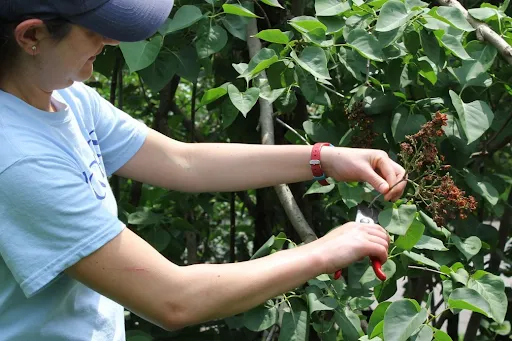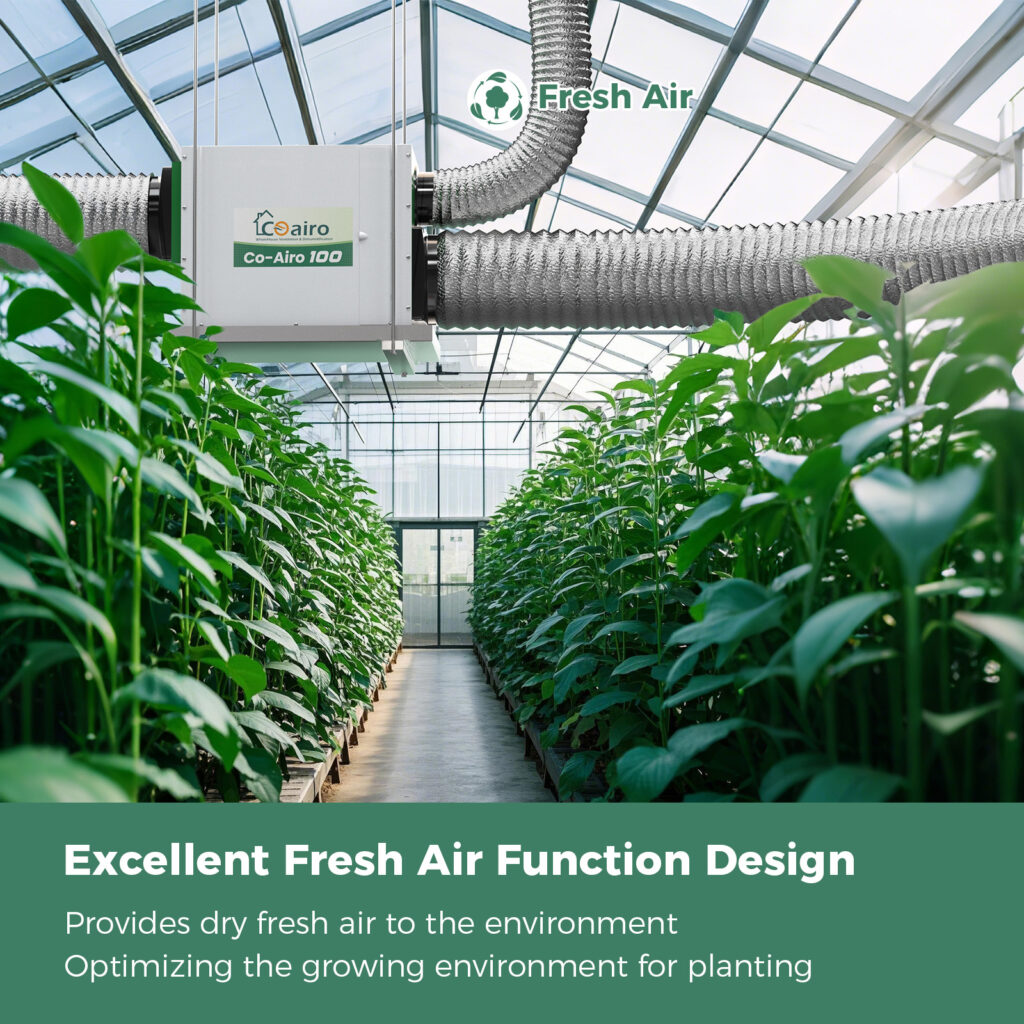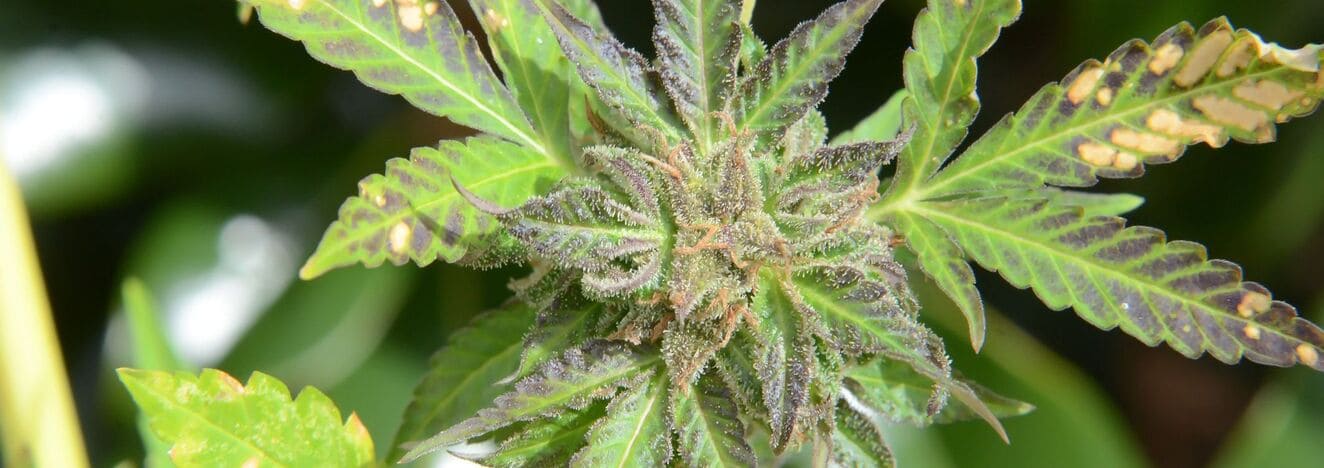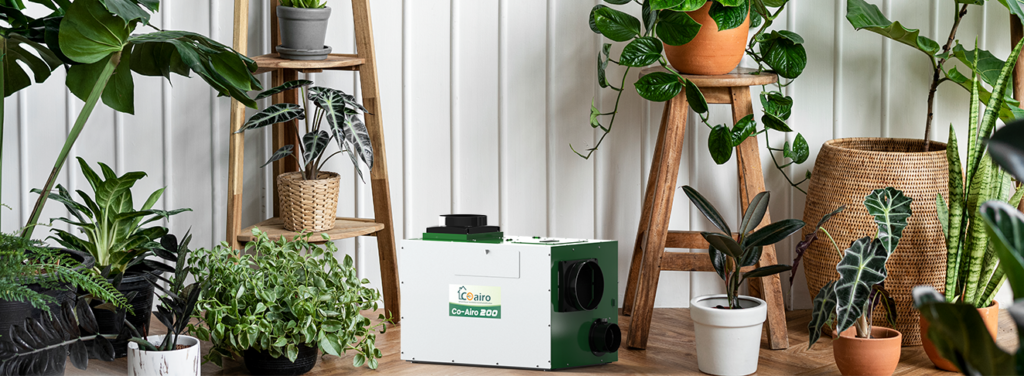Botrytis is a very common disease in cannabis growing. This fungal pathogen can attack many crops but it is especially dangerous for dense cannabis buds.
This destructive mold is called Botrytis cinerea. With cannabis, the risk is much higher. The thick buds hold moisture and create a humid space inside. This trapped vapor builds up and can turn into water droplets which allows botrytis to grow deep inside the bud where it does the most damage.
In this article, we will discuss why botrytis attacks cannabis and how this infection looks. We will also provide you with some tips to treat Botrytis in cannabis.
Early Signs of Botrytis in Cannabis
You can see various signs on Cannabis plants over the course of a Botrytis infection. In the beginning, you will see buds typically appear softer than usual. The flower color turns into a grey or a slight brown. During the early stage you can also see the small lesions on buds and stems also become visible.
When infection grows, you will see more severe signs. The dead spots inside the buds begin to spread outward and show up on the surface as large grey and brown areas.
You can easily see the fungus, the buds start to dry out and turn almost completely brown. In the final stage, a grey mould appears which means the spores have started to form.

You can see these starting signs of infection to spot Botrytis before it spreads:
- Damping Off: In the rooting room, high humidity can cause young cuttings to collapse at the soil line.
- Foliar Necrosis: The leaves of plants can develop brown or dead spots.
- Rapid Tissue Deterioration (Bud Rot): This is the most serious sign. It shows up in the large flowers typically during weeks 6–8 of the flowering period. The tissue rapidly dies off.
- Infected Inflorescence Leaves and Pistils: The infection often starts inside the dense flower structure causing the small leaves and hairs of the bud to quickly wither and turn color.
- Internal Decay: Initial infections usually begin deep within the compound inflorescence (the bud). This makes it hard to detect until a large section of the flower is damaged.
If these early signs are missed, the entire cannabis flower can be destroyed which causes major crop loss.
Why Does Botrytis Happen in Cannabis?
Botrytis is a fungal infection which follows a cycle when it happens. It needs certain environmental conditions to start and spread. The main source of the problem is spores that land on the plant surface. Spores are always present but they only cause harm when the environment is right.
For a spore to start an infection, it requires:
- High Relative Humidity (RH): The air around should be extremely moist, particularly more than 90% RH.
- Lack of Ventilation and Dehumidification: Due to lack of proper movement of air and maintenance of humidity, water vapor builds up.
- Moisture: The first trigger is condensation of water which occurs when the air reaches the dew point.
- Mild Temperatures: Botrytis spread when plants are in the temperature range of 15°C to 25°C (59°F to 77°F).
Once these conditions are met then the spore starts its process to grow infection. It then forms a special structure to penetrate the plant tissue. This cycle can finish in just three to four days.
The physical structure of cannabis also increases risk. Genotypes with large and dense buds are highly susceptible. These tight structures create a humid microclimate inside which traps moisture and promotes rot.
The infection normally seems in the final weeks of flowering and may cause up to 30 percent of the yield when uncontrolled.
How to Treat Botrytis in Cannabis?
Treating bud rot requires an Integrated Disease Management approach. You have to control the environment with cultural practices to protect your cannabis plants from this dangerous infection.

Immediately Remove All Infected Parts
When you find some buds becoming brown or grey or having a moldy look then get rid of them immediately. Do not squeeze or shake them as this will cause the spores to be spread rapidly to the healthy flowers.
When you are done with your work, keep all the material you cut off in a bag and seal it quickly. After that you should wash your hands and clean your scissors to make sure the mold does not spread to other plants.
Prioritize Environmental Control
The best way to treat the Botrytis in Cannabis is controlling your grow environment. You have to maintain the correct Relative Humidity (RH) and temperature to stop fungal growth.
For this you need reliable Dehumidifiers to prevent moisture from condensing on flowers and reaching the dew point which triggers infection. You should also make sure that proper air circulation by using fans to reduce high humidity pockets inside the plant canopy.
Follow these Recommended RH in different growth stages:
| Growth Stage | Recommended RH |
| Early Flower | 45–50% |
| Mid Flower | 40–45% |
| Late Flower | 35–40% |
Use Approved Biocontrol Agents
Since there are few fungicides registered for cannabis, growers rely on biofungicides. These use natural microbes to suppress the disease.
Examples approved for cannabis include fungal agents like Trichoderma harzianum and bacterial strains like Bacillus amyloliquefaciens. These can be applied to suppress pathogen development on the plants.
After-Harvest Care Matters
Botrytis is a threat even after harvest. Infected buds must be detected and removed before drying and trimming. Make sure that your cannabis is well dried to a low level of moisture. Batches may also be irradiated to make them safe of microbial contamination.
Use Lower-Risk Chemicals
Specific chemicals with reduced risk are registered for use on cannabis in some areas. You can safely use hydrogen peroxide, potassium bicarbonate and lactic acid to manage gray mold outbreaks.
Grow Room Dehumidifier That Helps Prevent Bud Rot
You now know that humidity is the main cause of Botrytis especially during the critical flowering stage. You cannot stop bud rot without strict humidity control.
The easiest & most reliable way to maintain the ideal climate is by using a Coairo commercial dehumidifier. Using the right dehumidifier settings will keep your Relative Humidity (RH) low.
Protect your Cannabis plants from mold by adding a powerful & reliable Grow Room Dehumidifier to your grow space today.’

Conclusion
This fungal infection known as Botrytis or gray mold is one of the biggest enemies of cannabis, which grows in a damp environment and heavy buds. Early detection is very important as it enables timely intervention such as in case of soft, graying tissue.
The best protection against this devastating infection is by controlling the grow environment through a strict control of humidity using dehumidifiers and making sure that the airflow is properly ventilated.


